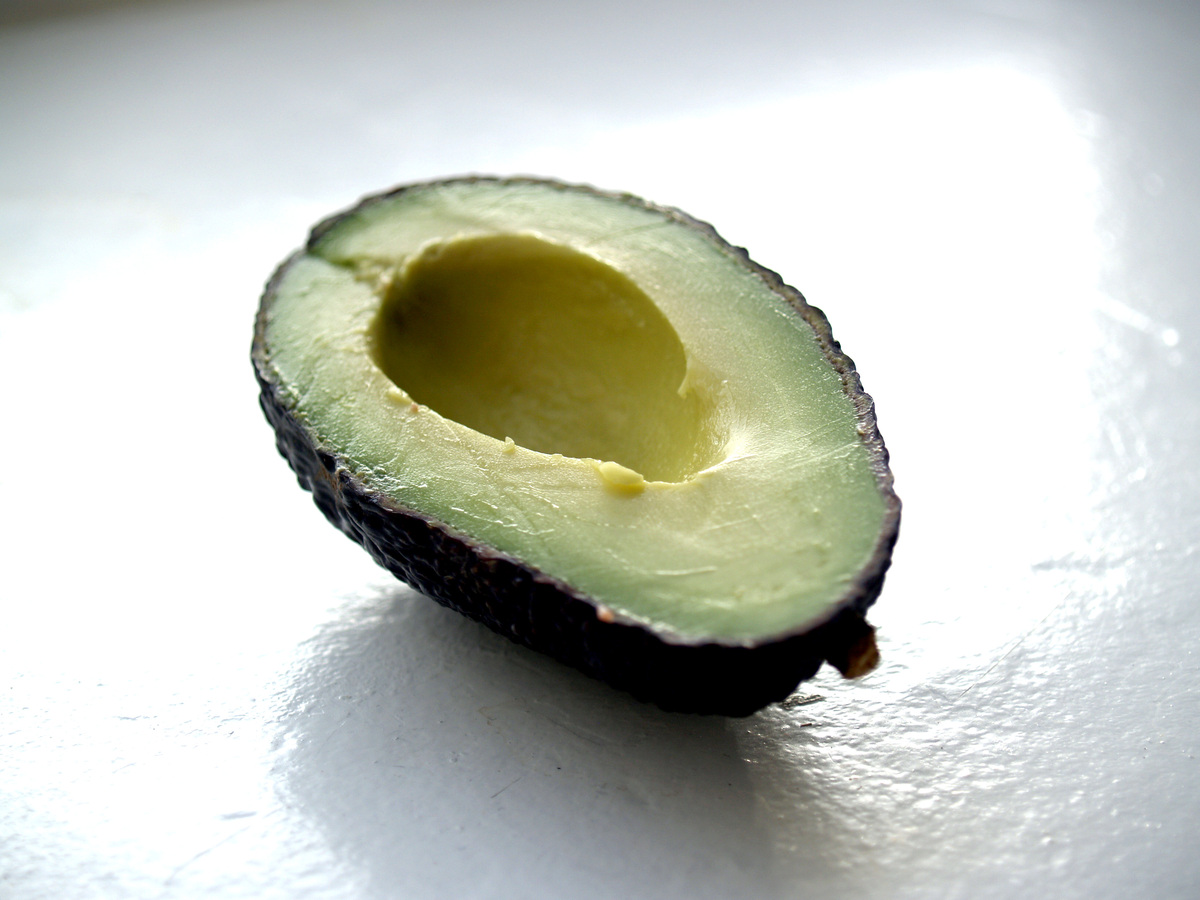Whether we’re trying to lose weight or just avoid gaining it, many of us think steering clear of dietary fat is the first step. Rather than cut out all fat, however, we’d be better served if we focused on what types of fat we’re getting.
The body needs some fat — just not too much. Fat gives your body energy, keeps your skin and hair healthy, helps you absorb certain vitamins and even keeps you warm, among other responsibilities.
A diet high in saturated fat — found in animal products and some vegetable oils — can lead to heart problems, but eating the right amount of unsaturated fats can protect the heart.
Unsaturated fats — including monounsaturated and polyunsaturated fats — are considered good-for-you fats. Polyunsaturated fats include the famed omega 3 andomega 6 fats, both considered essential fatty acids, because our bodies can’t make them on its own. Polyunsaturated fats can help lower total cholesterol, while monounsaturated fats can raise “good” cholesterol, or HDL, and lower “bad” cholesterol, or LDL.
The average adult should get about 20 to 35 percent of their daily calories from fatand less than 10 percent of their daily calories from saturated fats, according to the Dietary Guidelines for Americans. A gram of fat contains nine calories, so a daily diet comprised of 2,000 calories would even out to about 44 to 78 grams of total fat a day.
So where can you find these unsaturated fats? Look no further than the six healthy picks below.






